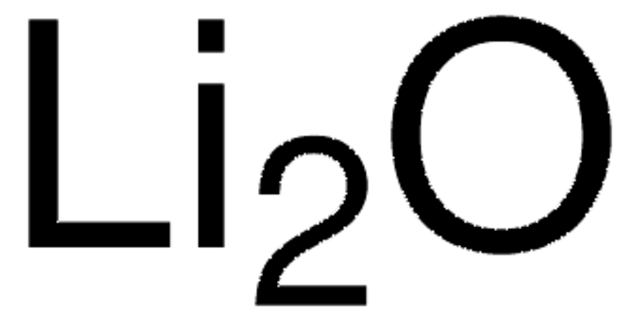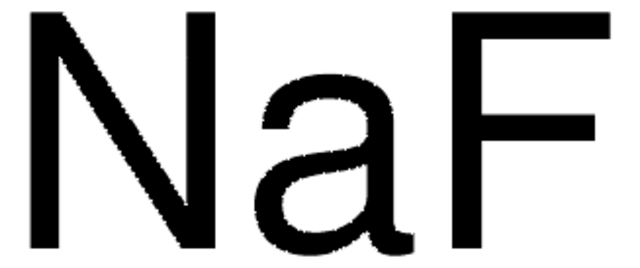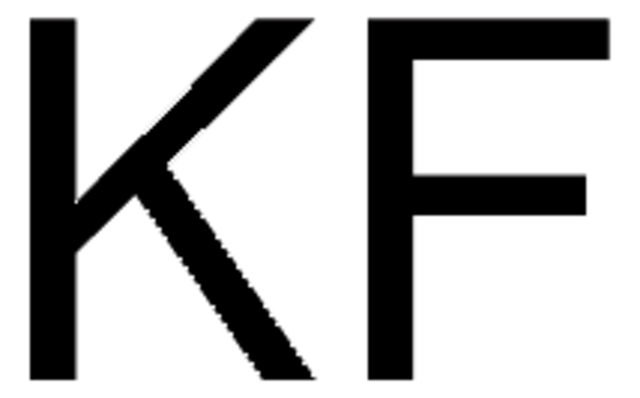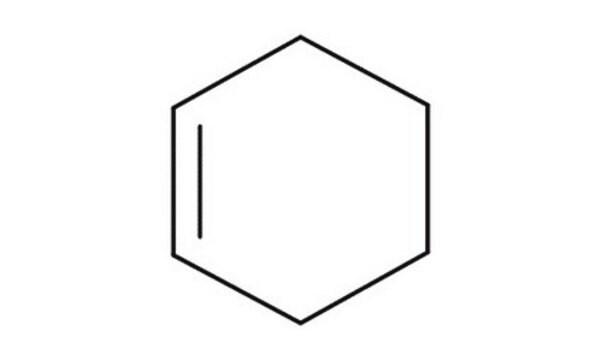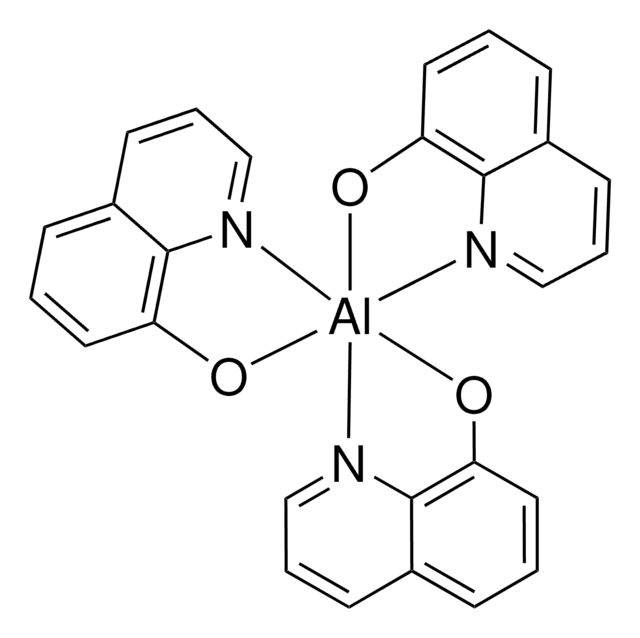Kluczowe dokumenty
237965
Lithium fluoride
powder, -300 mesh
Synonim(y):
Fluorolithium
About This Item
Polecane produkty
klasa czystości
for analytical purposes
Formularz
powder
charakterystyka ekologicznej alternatywy
Design for Energy Efficiency
Learn more about the Principles of Green Chemistry.
sustainability
Greener Alternative Product
wielkość cząstki
-300 mesh
mp
845 °C (lit.)
gęstość
2.64 g/mL at 25 °C (lit.)
kategoria ekologicznej alternatywy
ciąg SMILES
[Li+].[F-]
InChI
1S/FH.Li/h1H;/q;+1/p-1
Klucz InChI
PQXKHYXIUOZZFA-UHFFFAOYSA-M
Szukasz podobnych produktów? Odwiedź Przewodnik dotyczący porównywania produktów
Opis ogólny
We are committed to bringing you Greener Alternative Products, which adhere to one or more of The 12 Principles of Greener Chemistry. This product has been enhanced for energy efficiency. Click here for more information.
Zastosowanie
Lithium fluoride (LiF) can be used as a sintering aid that facilitates the etching of spinel particles for the degradation of magnesium aluminum spinel. It can be used in the preparation of carbon-iron LiF nanocomposite based electrode materials for lithium-ion batteries. It can also form thin interlayers on the counter electrode to enhance the fill factor and stabilize the high open-circuit voltages for polymer solar cells.
Hasło ostrzegawcze
Warning
Zwroty wskazujące rodzaj zagrożenia
Zwroty wskazujące środki ostrożności
Klasyfikacja zagrożeń
Acute Tox. 4 Oral - Eye Irrit. 2
Zagrożenia dodatkowe
Kod klasy składowania
6.1D - Non-combustible acute toxic Cat.3 / toxic hazardous materials or hazardous materials causing chronic effects
Klasa zagrożenia wodnego (WGK)
WGK 2
Temperatura zapłonu (°F)
Not applicable
Temperatura zapłonu (°C)
Not applicable
Środki ochrony indywidualnej
Eyeshields, Faceshields, Gloves, type P2 (EN 143) respirator cartridges
Wybierz jedną z najnowszych wersji:
Masz już ten produkt?
Dokumenty związane z niedawno zakupionymi produktami zostały zamieszczone w Bibliotece dokumentów.
Klienci oglądali również te produkty
Produkty
Profesor Gogotsi i dr Shuck przedstawiają MXeny: obiecującą rodzinę dwuwymiarowych materiałów o unikalnym połączeniu wysokiej przewodności, hydrofilowości i szerokiej możliwości dostrajania.
Professor Gogotsi and Dr. Shuck introduce MXenes: a promising family of two-dimensional materials with a unique combination of high conductivity, hydrophilicity, and extensive tunability.
Research and development of solid-state lithium fast-ion conductors is crucial because they can be potentially used as solid electrolytes in all-solid-state batteries, which may solve the safety and energy-density related issues of conventional lithium-ion batteries that use liquid (farmable organic) electrolytes.
Lithium-Ion Battery Performance: Dependence on Material Synthesis and Post‑Treatment Methods
Nasz zespół naukowców ma doświadczenie we wszystkich obszarach badań, w tym w naukach przyrodniczych, materiałoznawstwie, syntezie chemicznej, chromatografii, analityce i wielu innych dziedzinach.
Skontaktuj się z zespołem ds. pomocy technicznej







